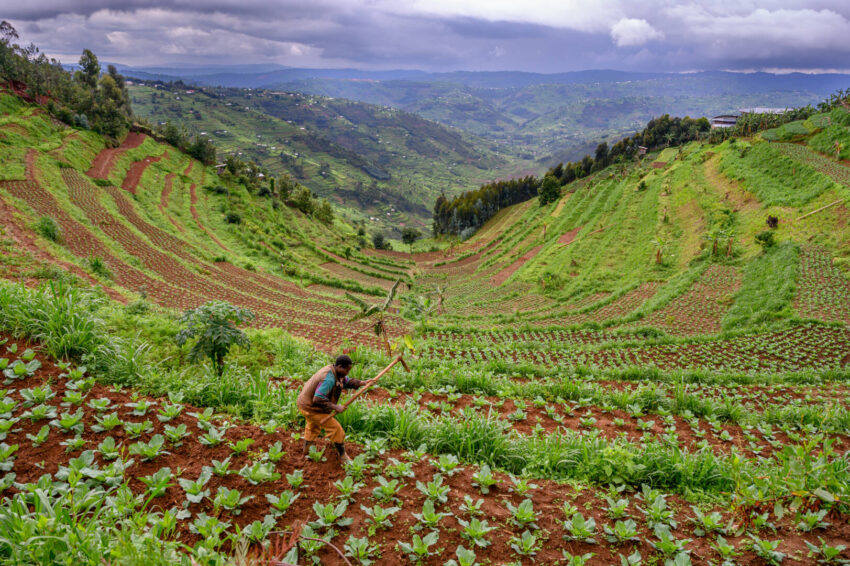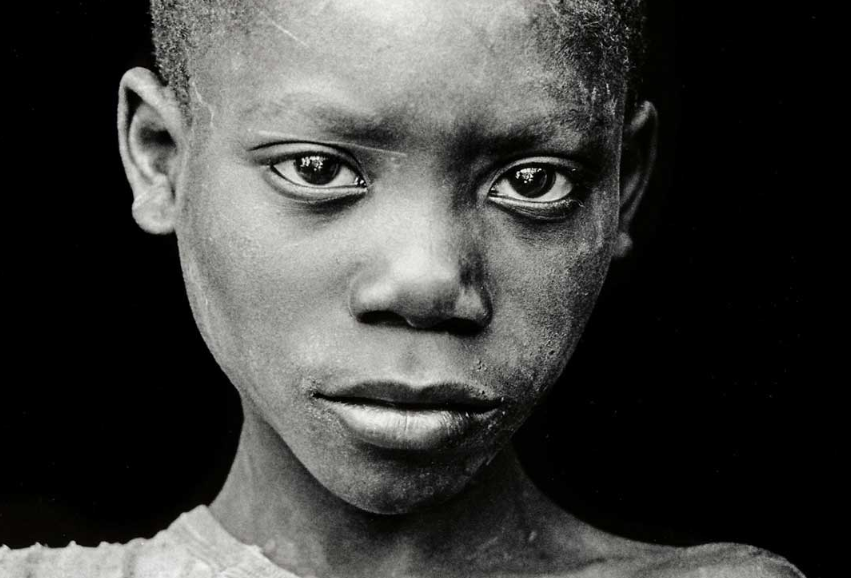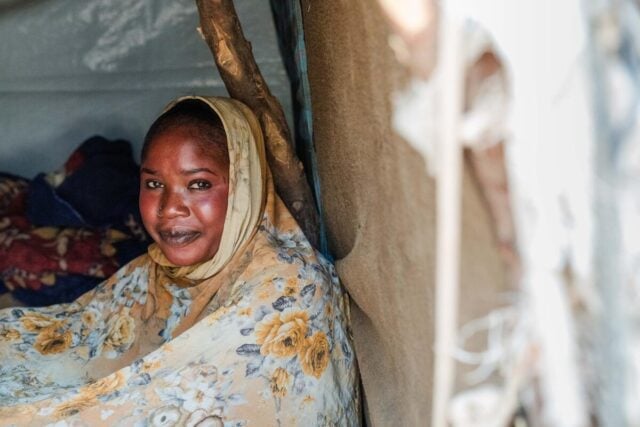In April 1994, the genocide against the Tutsi erupted in Rwanda, with neighbors turning on neighbors and family turning on family. Over 800,000 people — up to 1 million on some accounts — were brutally slaughtered in just 100 days, leaving the once-beautiful country in ruins. This tragedy left many wondering how the people of Rwanda could ever overcome such hatred and horror.
Against all odds, Rwanda has made remarkable strides in the years since, showing resilience and determination. Despite the lasting scars, Rwanda’s journey of healing, reconciliation, and development stands as an inspiring testament to the unyielding spirit of its people.
Rwandan genocide: Facts, FAQs, how to help
- What is genocide?
- What happened during the 1994 Rwandan genocide? Who are the Hutus and Tutsis?
- What were the conditions in Rwanda after the mass killings stopped?
- How did World Vision respond to the needs in Rwanda following the genocide?
- What challenges do Rwandans face today?
- How is World Vision helping improve children’s lives in Rwanda?
- What is the impact of World Vision’s clean water initiatives in Rwanda?
- How can I help people in Rwanda?
- Additional resources on the Rwandan genocide
What is genocide?
Genocide, the planned mass killing of a racial, ethnic, or religious group, is considered the worst crime against humanity. The term originated retrospectively after the Holocaust of World War II, when millions of European Jews were systematically killed.
What happened during the 1994 Rwandan genocide? Who are Hutus and Tutsis?
From April through June 1994, more than 800,000 Rwandans were brutally slaughtered by fellow citizens in a state-led genocide targeting the Tutsi ethnic group. About 75% of the Tutsi population died in the mass killings.
Hutus and Tutsis under colonial rule
Ethnic Tutsis, who raise cattle, and Hutus, who are predominately farmers, had longstanding tensions under colonial rule. Although Hutus were in the majority, Tutsis generally commanded greater wealth and social position.
A timeline of events:
- 1932 (Belgian rule): Belgium introduced identity cards distinguishing Hutus, Tutsis, and the Twa people, marking a turning point in the relationship between the ethnic groups in Rwanda.
- 1959: A Hutu uprising led to civil war, ending Tutsi domination.
- 1962: Rwanda gained independence from Belgium. By this time, 120,000 Rwandans, mostly Tutsis, had fled the country, and Hutu leaders took control of Rwanda.
- Late 1980s: Rwandan exile groups made political and military moves to repatriate.
- 1993: Peacemaking attempts by the United Nations and regional African governments failed.
- April 6, 1994: A rocket attack killed Rwandan President Juvénal Habyarimana and Burundian President Cyprien Ntaryamira, both Hutus, as they were returning from peace negotiations together on an airplane.
- Immediately after the attack: 100 days of mass killings of the Tutsis ensued.
What were the conditions in Rwanda after the mass killings stopped?
Families were decimated, and the mass killings caused physical and psychological damage to survivors. The genocide devastated the country, destroying homes and communities. Up to 2 million people, including many Hutu perpetrators, fled the country. A million people were displaced within the country. Among the survivors, 75,000 were children who lost one or both parents.
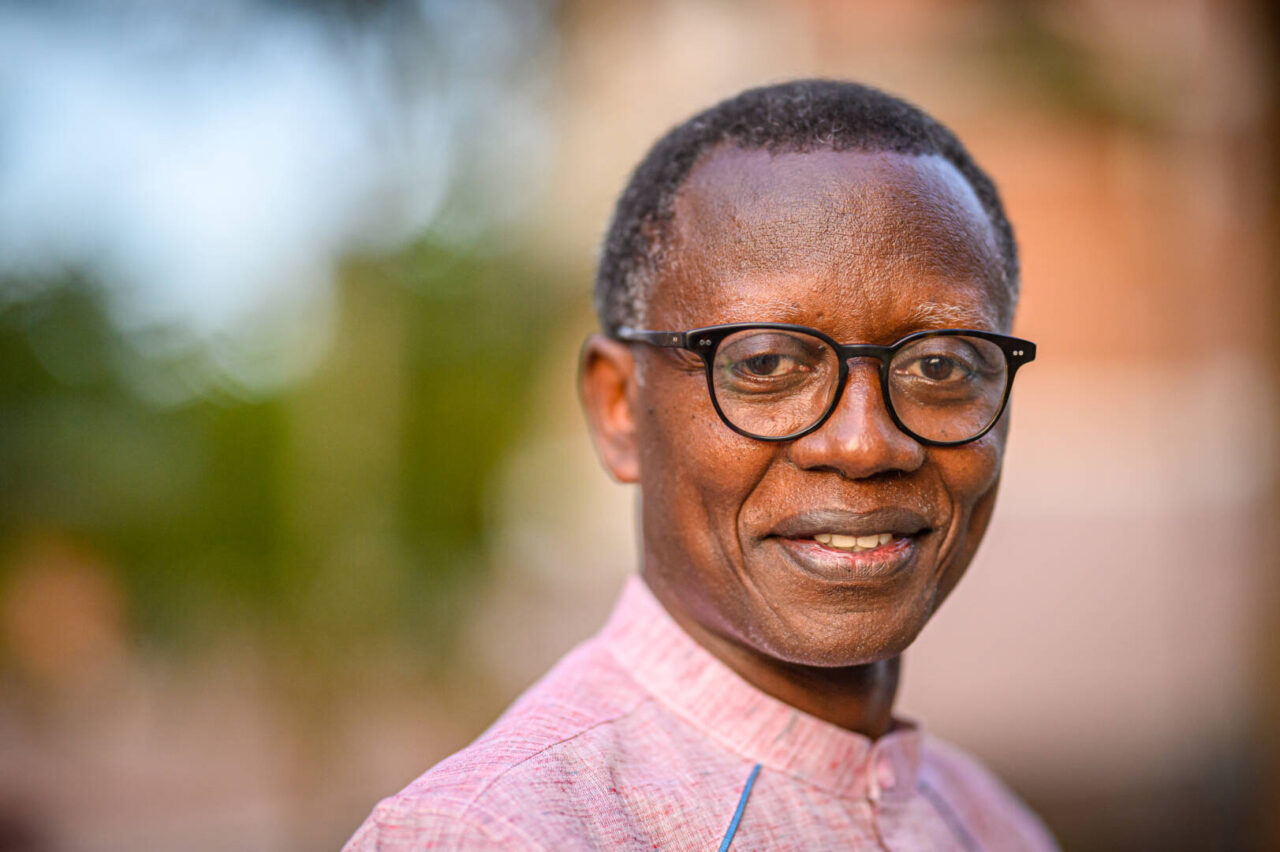
How did World Vision respond to the needs in Rwanda following the genocide?
World Vision began working in Rwanda in 1994, providing life-giving emergency aid, helping resettle displaced people, and caring for many children who had lost their parents. We also facilitated peace and reconciliation that helped lay the foundation on which many lives, families, and communities are being rebuilt today.
Reconciliation and peacebuilding program
World Vision started a reconciliation and peacebuilding program that trained all staff to become agents of healing.
The reconciliation process follows a specific model that endures today — a two-week program of sharing intensely personal memories of the genocide, learning new tools to manage deeply painful emotions, and considering a path to forgiveness.
The training had three components: bereavement, dealing with emotions, and forgiveness. Those who had participated in the genocide were brought face to face with, or wrote letters to, the people who had been victims.
We replicated the approach throughout the country, and the new government embraced it. Although it was often met with resistance at first and sometimes took years to change hearts, it worked in case after case.
What challenges do Rwandans face today?
Rwanda has made significant progress in rebuilding and developing since the 1994 genocide. However, the small and landlocked country of nearly 14 million people faces many challenges today, including inflation and high unemployment rates. Despite its impressive economic growth over the past decade, more than half of Rwandans live below the poverty line.
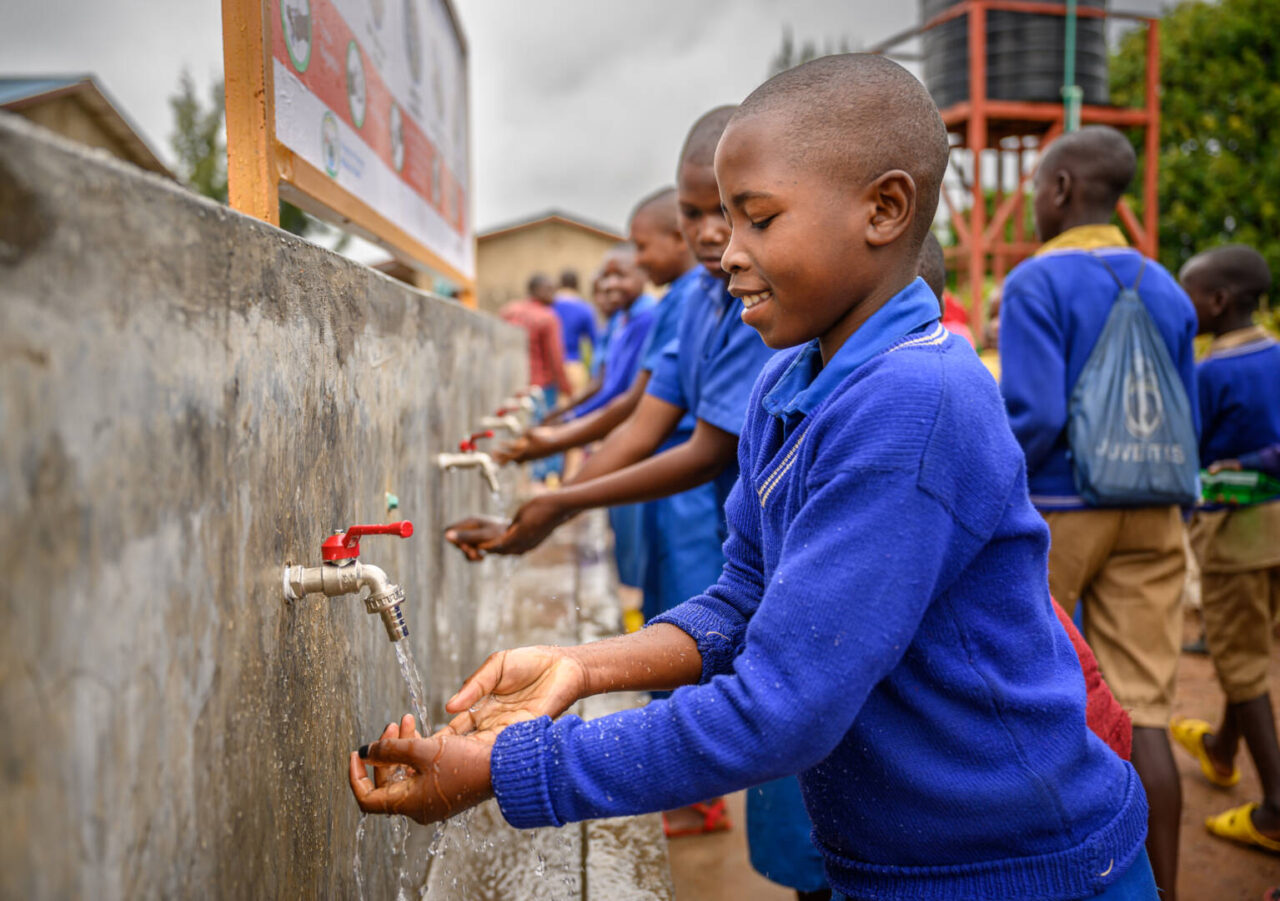
How is World Vision helping improve children’s lives in Rwanda?
Our commitment to serve Rwandans began in 1994, when we delivered vital aid and support to nearly 3 million people affected by the devastating genocide against the Tutsi. Since then, we have expanded our presence and impact across the country.
Today, our dedicated team of over 300 staff members operates across all 30 districts in Rwanda, reaching more than 1.8 million people, including 850,000 children, through 24 program areas nationwide. In 2022, we equipped children, families, and communities for brighter futures in these areas:
- Child protection and education: Our Unlock Literacy programs positively impacted over 165,000 children, providing education opportunities and helping improve reading skills among primary school children. These programs also helped protect children from violence.
- Child sponsorship: We have supported more than 72,000 registered children in Rwanda through our sponsorship programs. Our approach focuses on economic empowerment, health, education, and spiritual growth, transforming entire communities.
- Faith and development: Through programs like the Let the Children Come Project, we collaborated with 13 Christian partners to nurture the spiritual development of children and families. We also established the Children’s Ministry Inter-Church Network, which has created a community for Sunday/Sabbath school workers to share experiences, address needs, and advocate collectively.
- Resilience and livelihoods: We supported 69,000 households in improving their economic conditions, ultimately leading to greater financial security and stability. We continue to offer training in improved farming methods, supply better seeds and tools, help set up savings groups and training, and create job opportunities beyond traditional farming.
- Water, sanitation, and hygiene: World Vision works closely with the Rwandan government and local communities to ensure access to clean water and promote sanitation and hygiene behavior. In 2022, we helped over 300,000 people gain access to household handwashing facilities.
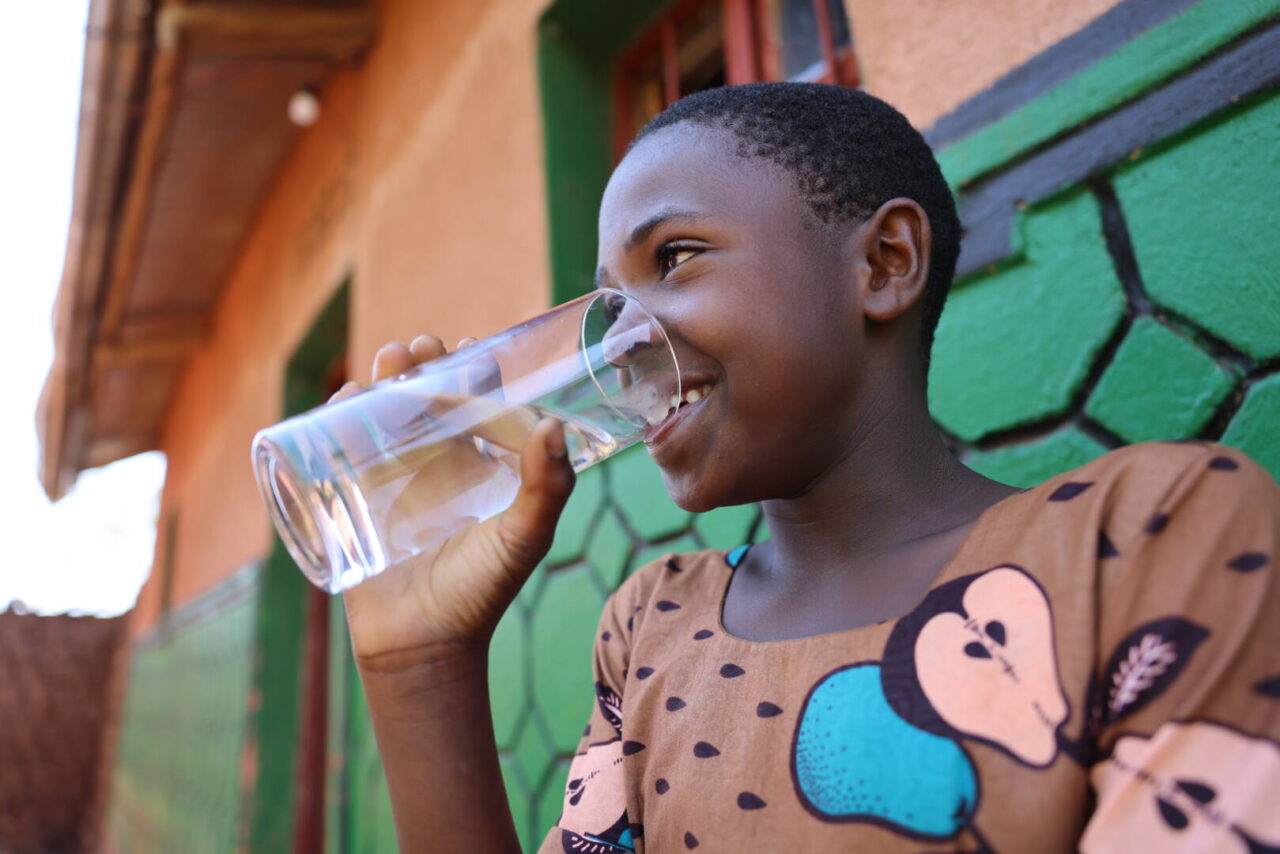
What is the impact of World Vision’s clean water initiatives in Rwanda?
In 2018, World Vision and our partners made a commitment to reach everyone, everywhere we worked in Rwanda — 1 million people — with access to clean water within five years. Earlier in 2023, we celebrated reaching the one-millionth person. We are finishing the work of ensuring universal water access in all 39 sectors where we work, an achievement that’s expected by the end of 2023, as planned.
With our essential work in Rwanda nearing completion, our attention now turns to Zambia and Honduras. Supported by our generous partners and donors, we aim to “finish the job” and fulfill our commitment of providing clean water access in all project areas in Zambia by 2025 and in Honduras by 2027.
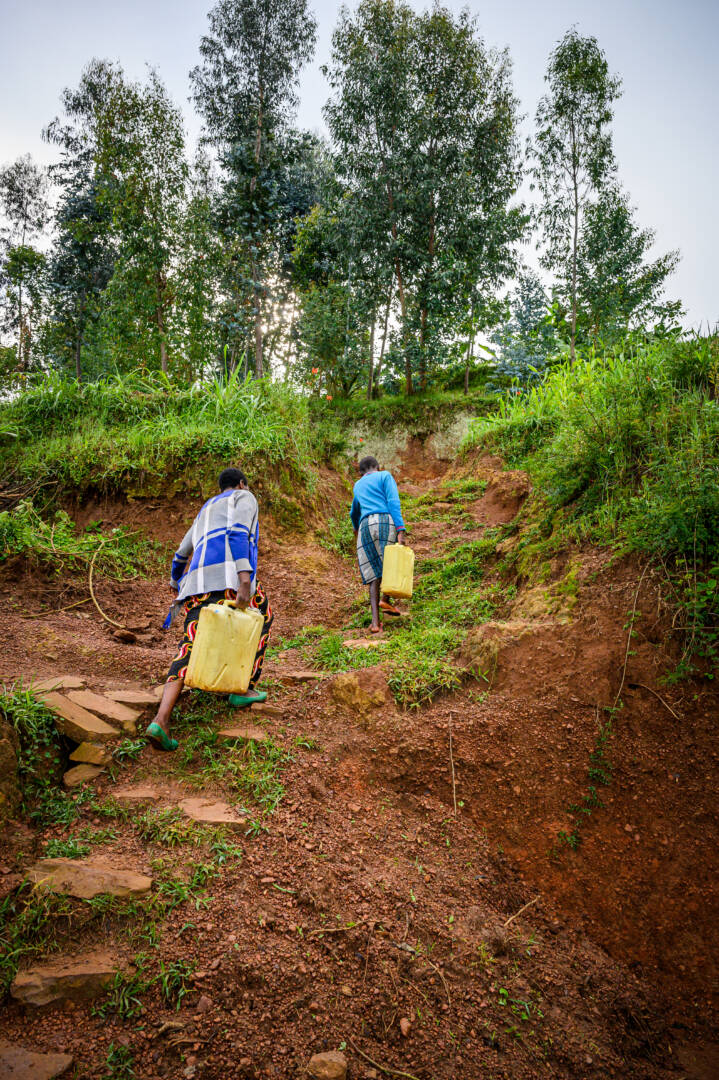
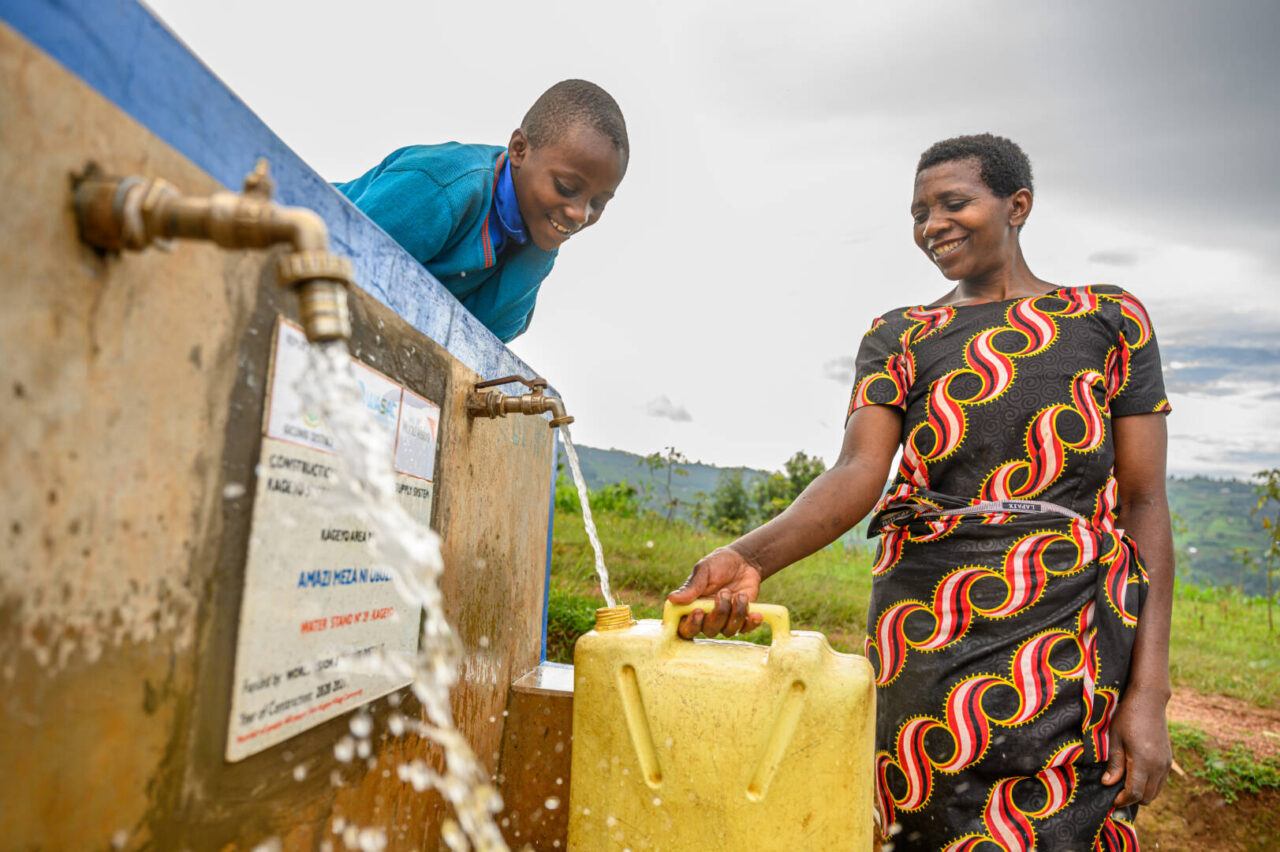
How can I help people in Rwanda?
- Pray for survivors of the Rwanda genocide and for future generations of Rwandans.
- Praise God for continued reconciliation programs that have brought people back to faith and healed their broken hearts.
- Pray for children, who are the majority of the population and have no memories of the genocide. Education and economic empowerment programs offer them ways to break the cycle of hostility.
- Pray for leaders of churches — for strength as they help restore buildings where tragic scenes took place to redeemed houses of worship for all Rwandans, united by the love of Christ.
- Sponsor a child in Rwanda: Empower a child for a brighter future by helping establish lasting access to essentials like clean water, nutritious food, healthcare, quality education, and more.
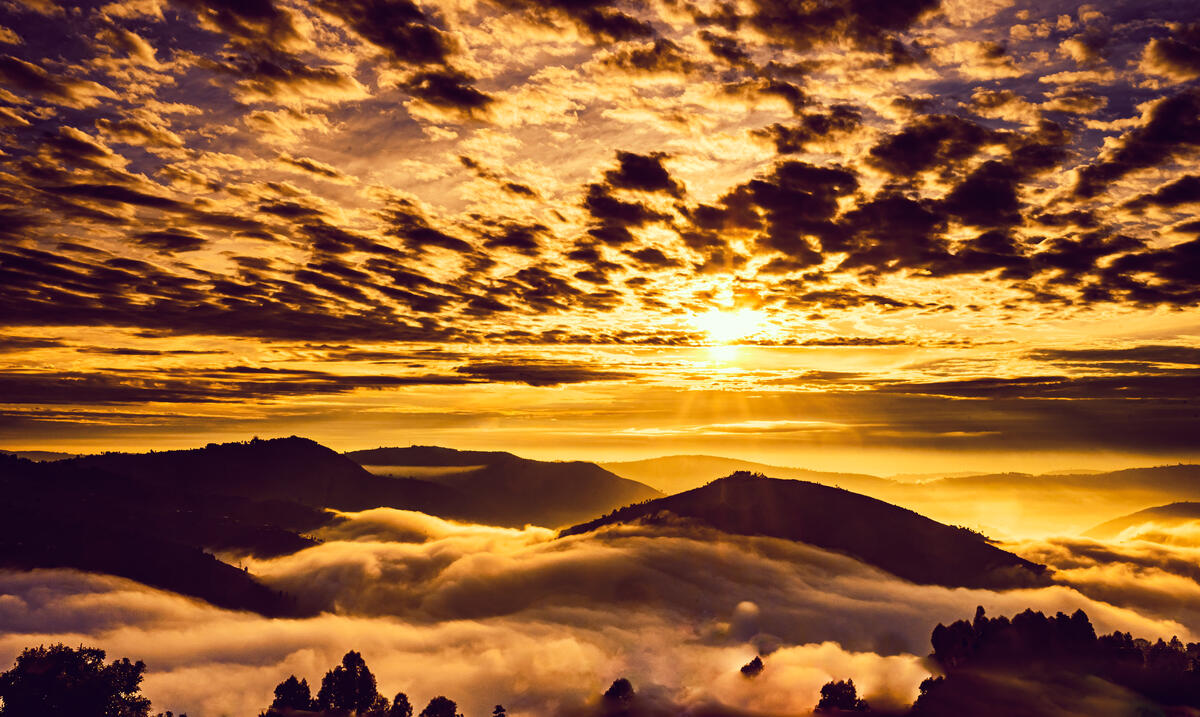
Additional resources on the Rwandan genocide
We recommend the following books and video for further learning on the Rwandan genocide:
Left to Tell: Discovering God Amidst the Rwandan Holocaust
By Immaculee Ilibagiza
Season of Blood: A Rwandan Journey
By Fergal Keane
A Sunday at the Pool in Kigali
By Gil Courtemanche
We wish to inform you that tomorrow we will be killed with our families: Stories from Rwanda
By Philip Gourevitch
Life Laid Bare: The Survivors in Rwanda Speak
By Jean Hatzfeld
Machete Season: The Killers in Rwanda Speak
By Jean Hatzfeld
The Antelope’s Strategy: Living in Rwanda After the Genocide
By Jean Hatzfeld
My Father, Maker of the Trees: How I Survived the Rwandan Genocide
By Eric Irivuzumagabe
